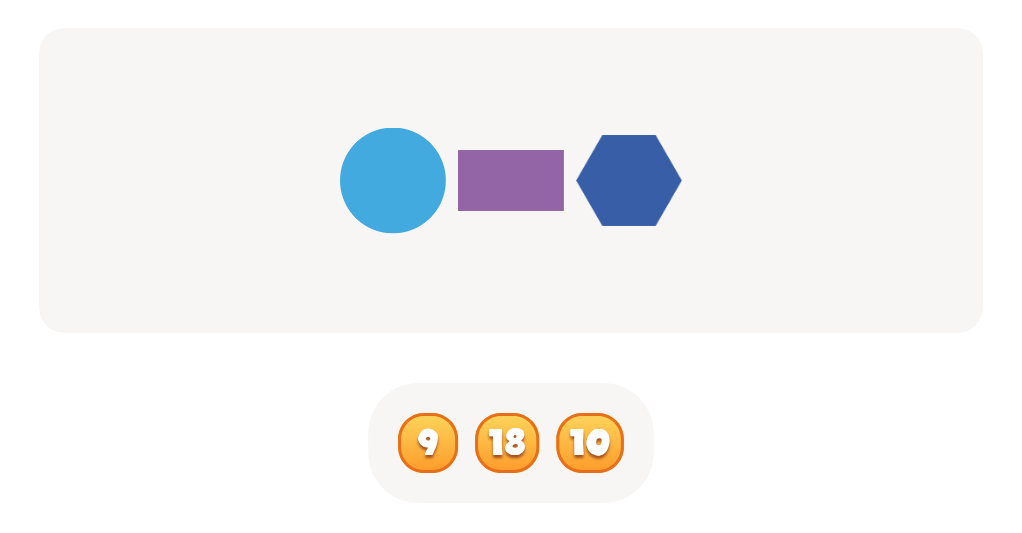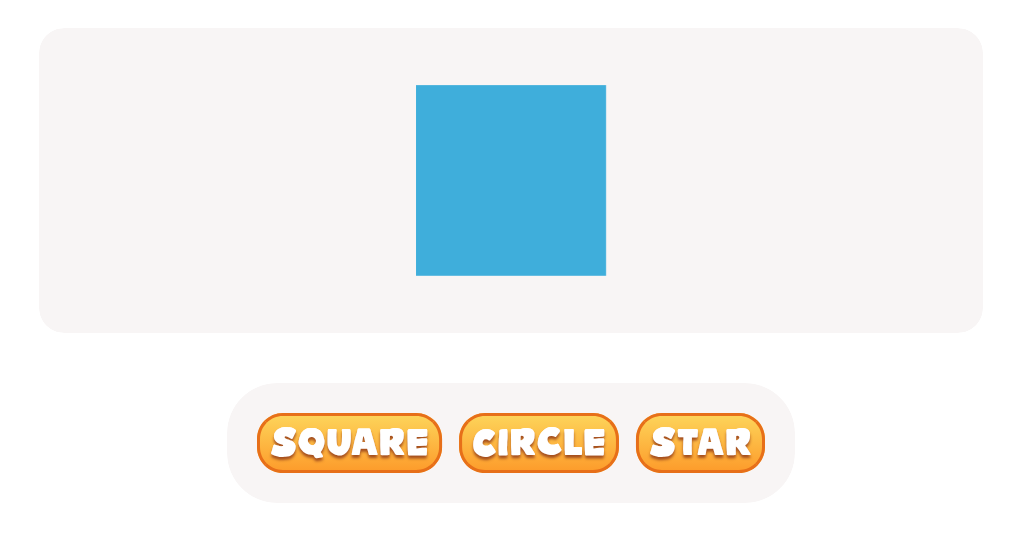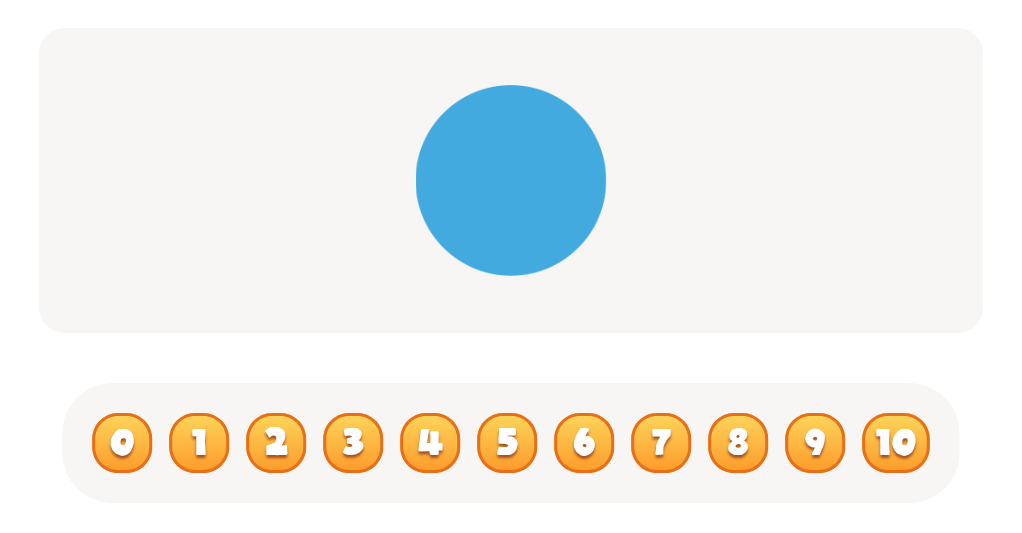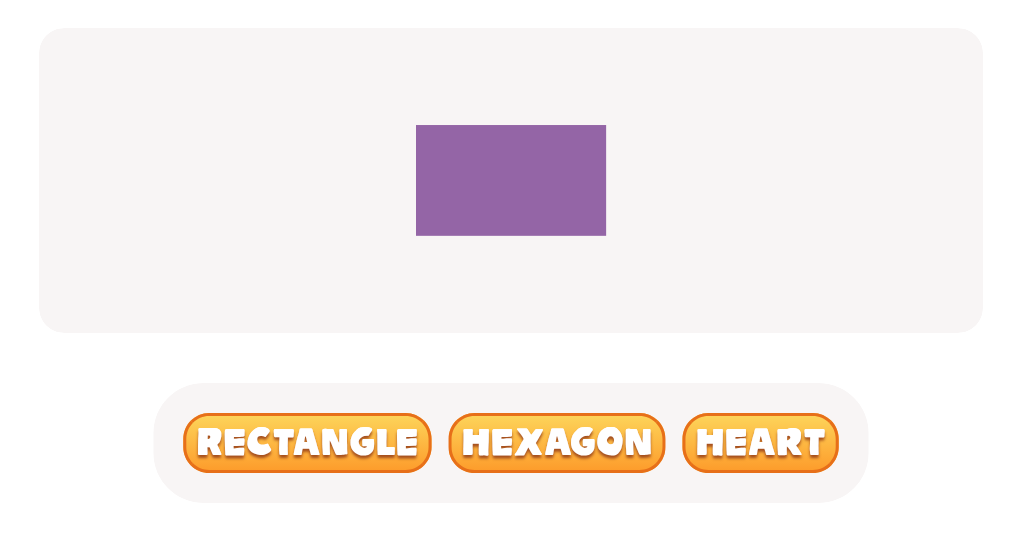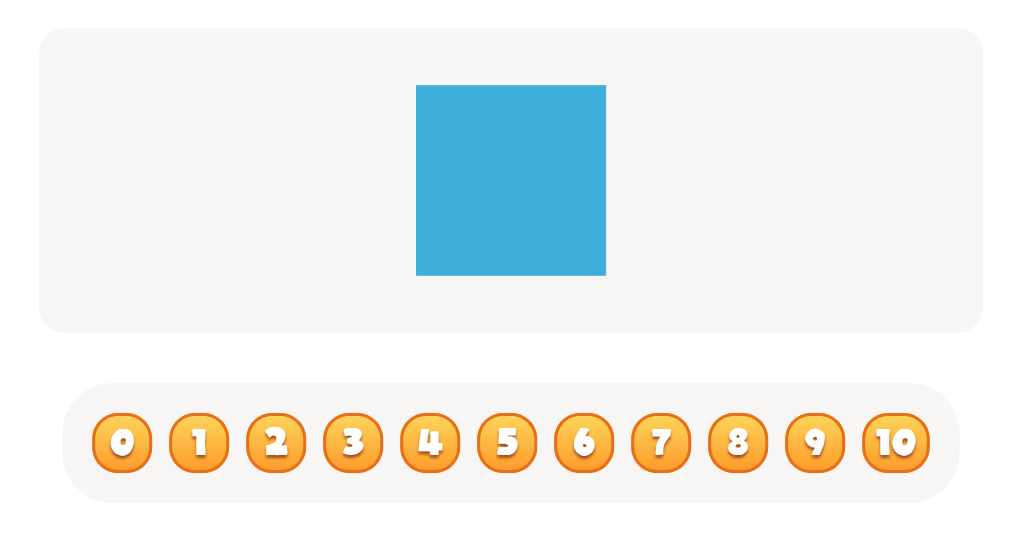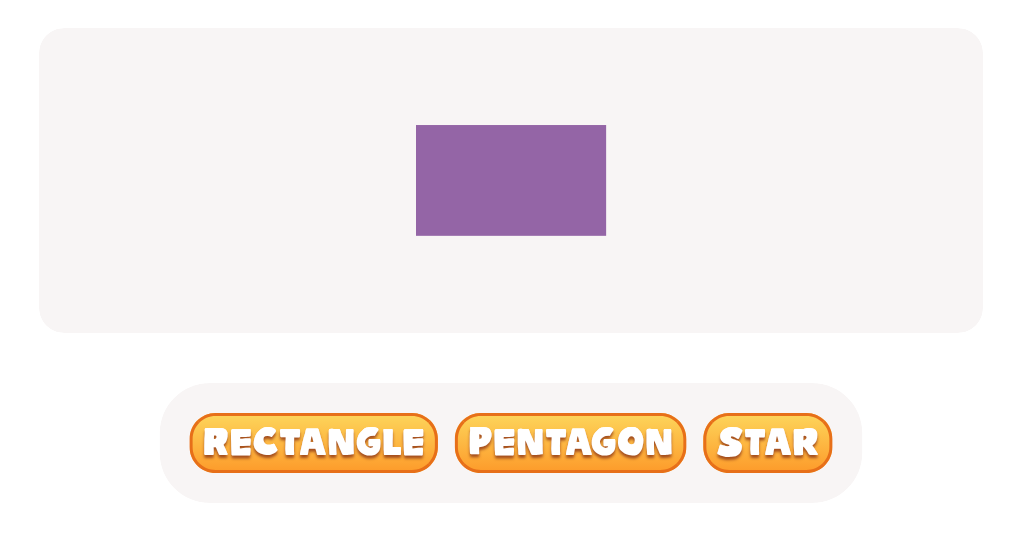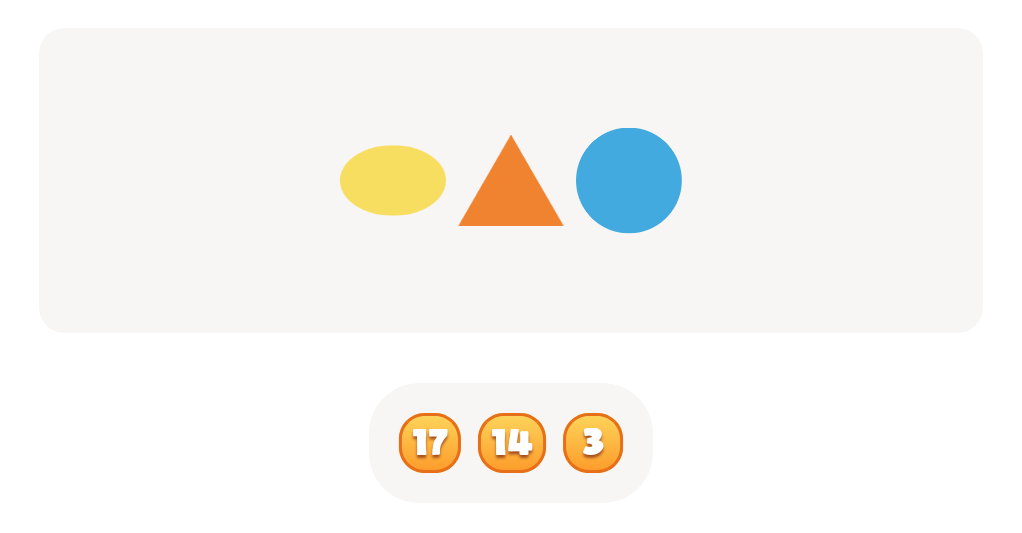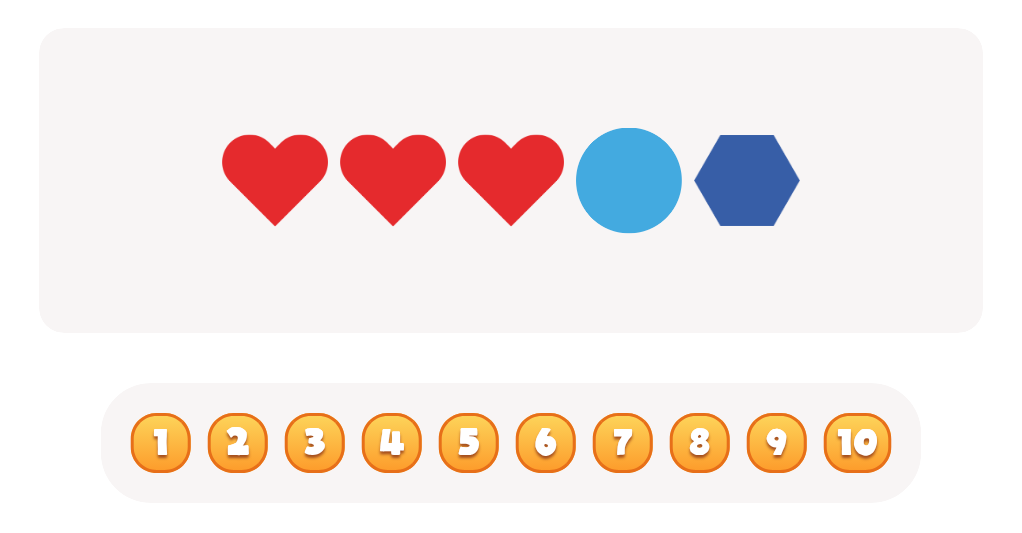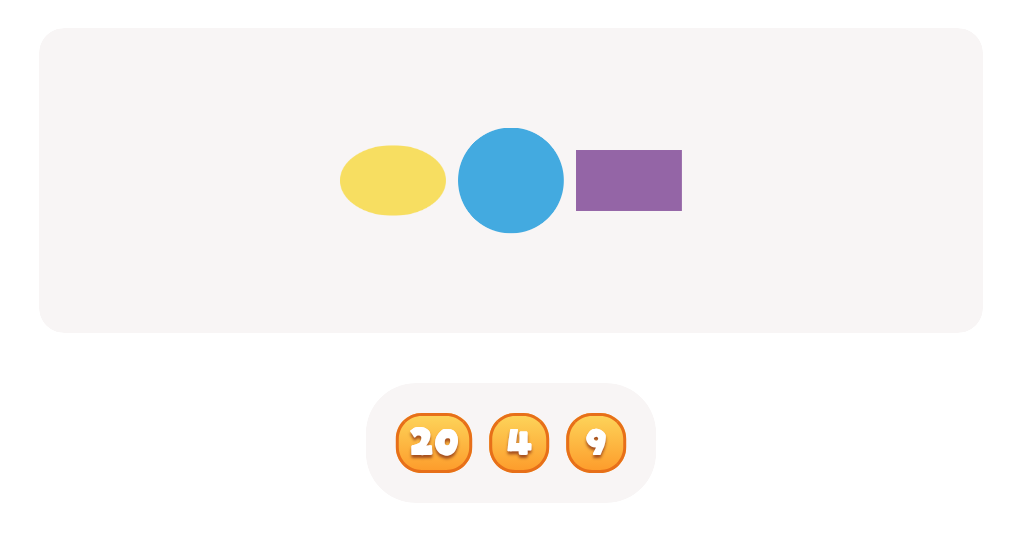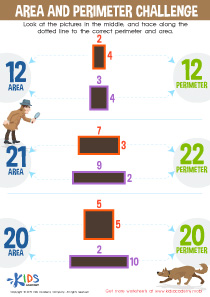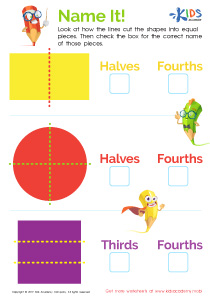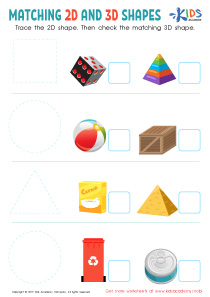Matching skills 2D Shapes Worksheets for Ages 6-9
5 filtered results
-
From - To
Unlock your child's potential with our engaging Matching Skills 2D Shapes Worksheets designed for ages 6-9. These interactive activities help young learners recognize, identify, and match various two-dimensional shapes, enhancing their visual discrimination and cognitive skills. Perfect for classroom use or at-home practice, these worksheets stimulate critical thinking while supporting early math concepts. With playful graphics and age-appropriate challenges, children will enjoy grasping essential geometry skills. Encourage your little learners to explore and enjoy the world of shapes through our comprehensive matching exercises, ensuring a solid foundation for their future academic success. Start their journey with fun and learning today!
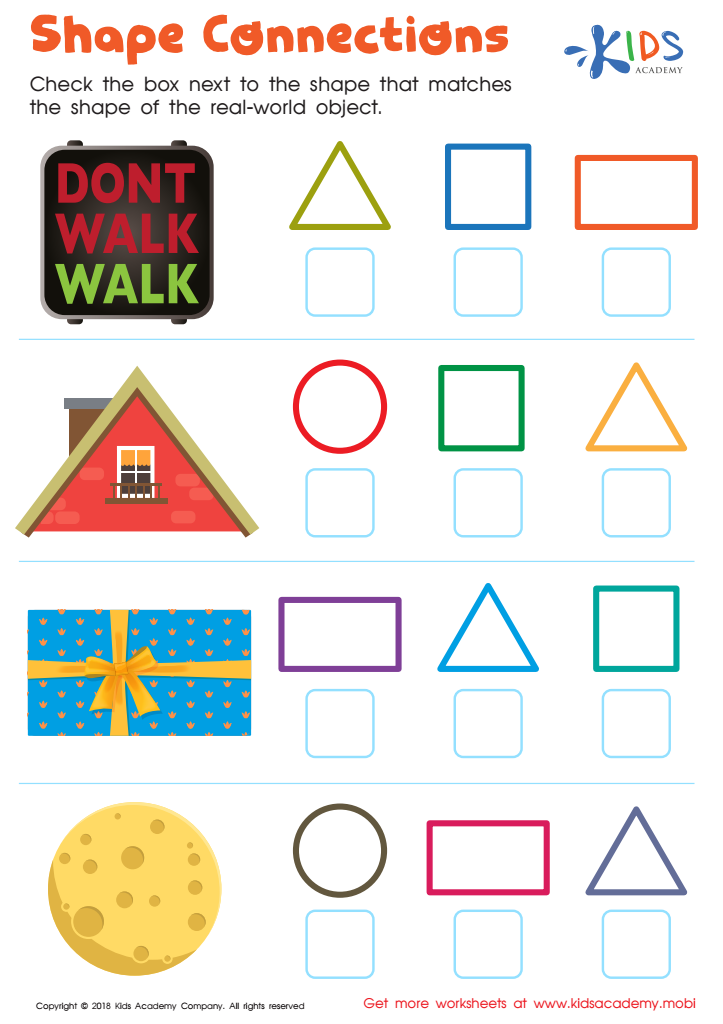

Shape Connections Worksheet
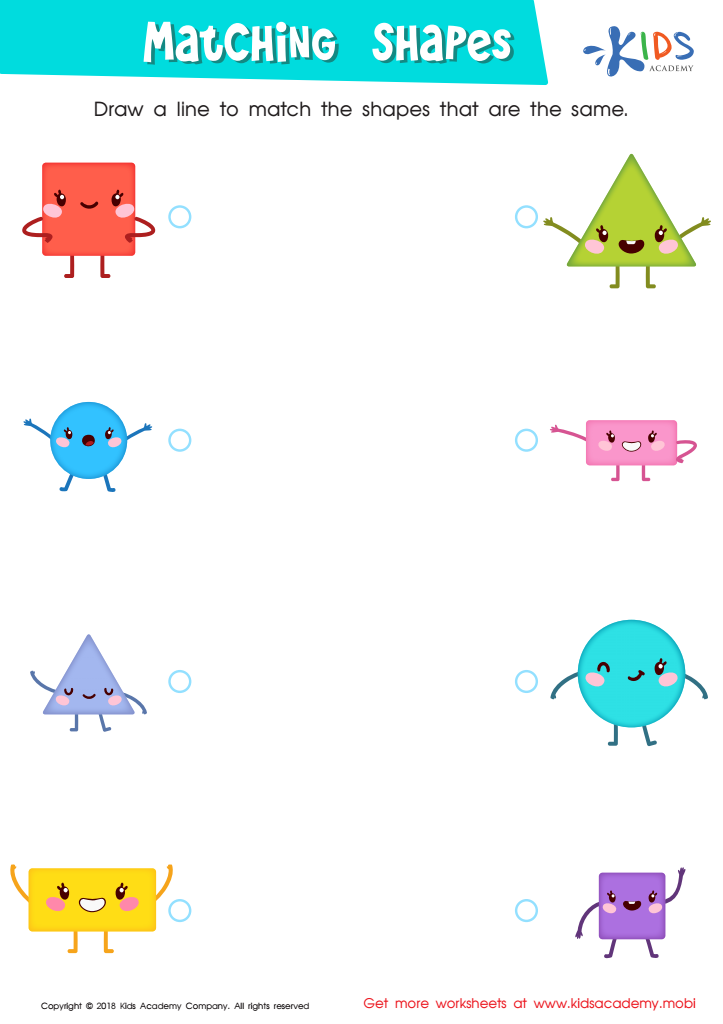

Matching Shapes Worksheet
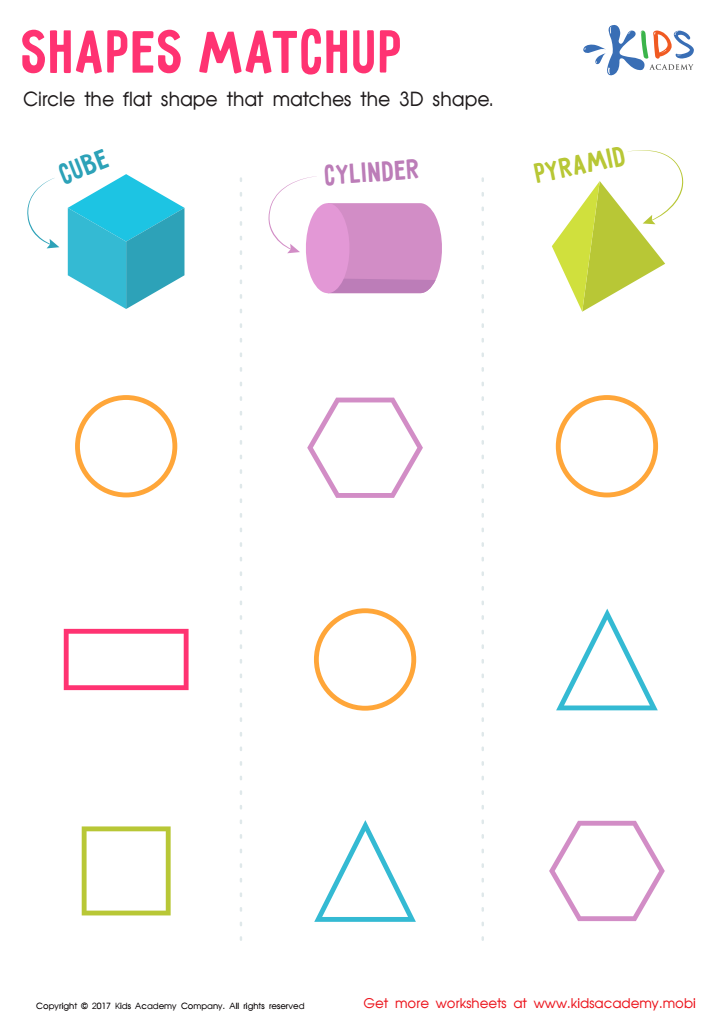

Shapes Matchup Worksheet


Shapes Worksheet
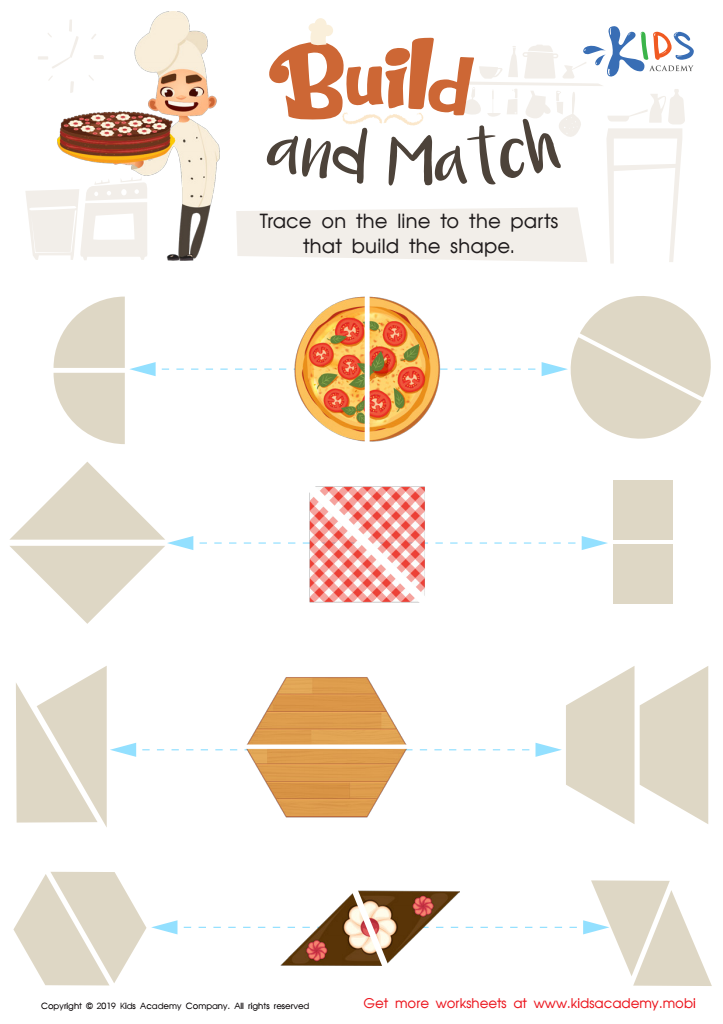

Build and Match Worksheet
Matching skills with 2D shapes is vital for children aged 6-9 as it lays the foundation for their mathematical understanding and cognitive development. During this critical developmental phase, children are not only learning to recognize various shapes but also beginning to make connections between the shapes and the world around them.
Working with 2D shapes enhances visual discrimination, which is crucial for problem-solving and critical thinking. When children learn to match shapes, they develop their ability to categorize and organize information, skills that are fundamental in mathematics and science. These activities also stimulate spatial awareness, helping them to understand the concepts of orientation and symmetry.
Moreover, matching shapes can significantly boost fine motor skills as children manipulate objects, engage in hands-on activities, and practice coordination. This interplay of cognitive and physical development fortifies their overall learning process.
Furthermore, early experiences with shape recognition encourage confidence and a positive attitude toward learning math, setting up a strong foundation for more complex concepts down the line. For parents and teachers, supporting these skills can foster a more engaging learning environment that nurtures curiosity, creativity, and critical thinking in young learners.
 Assign to My Students
Assign to My Students
